Wild Turkey in the front yard during a rain storm.
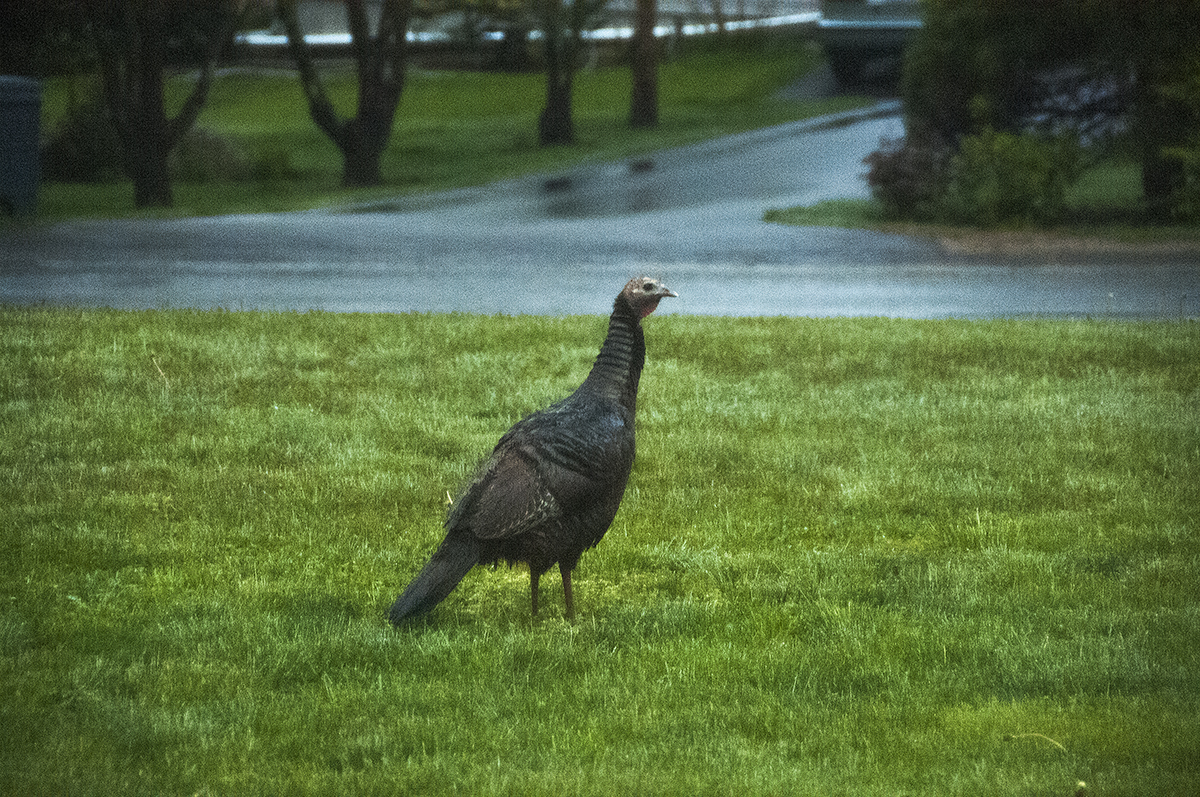
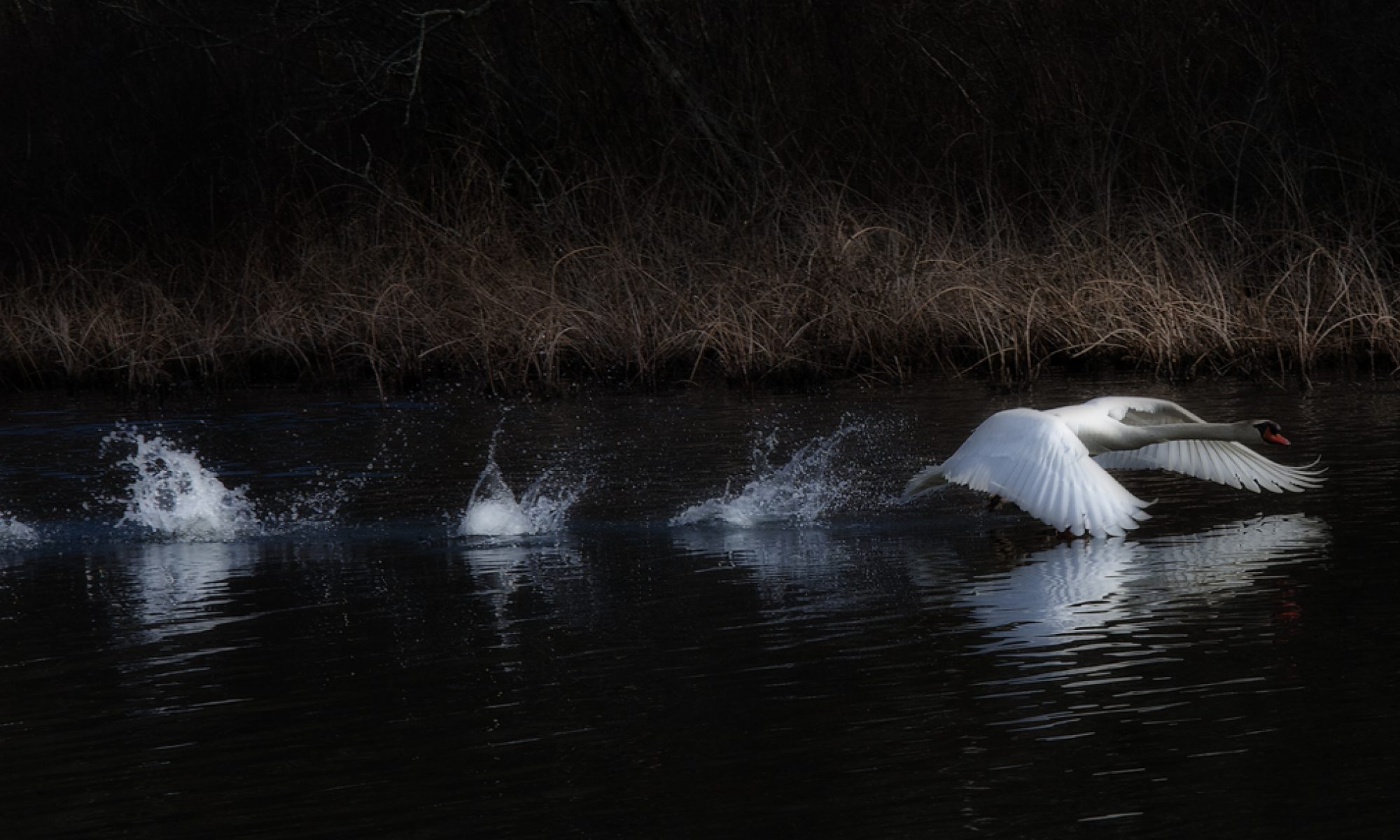

“Somewhere, something incredible is waiting to be known.”
No Further Than Your Backyard
Wild Turkey in the front yard during a rain storm.

Hedges provides travel corridors and hiding places for snakes as seen here in the hedges along our home.
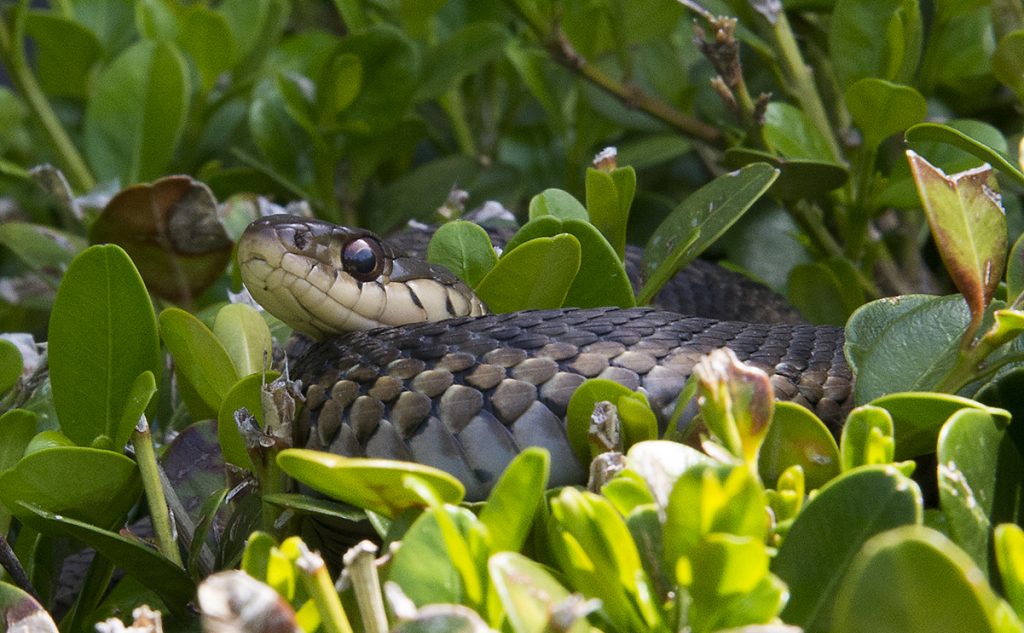
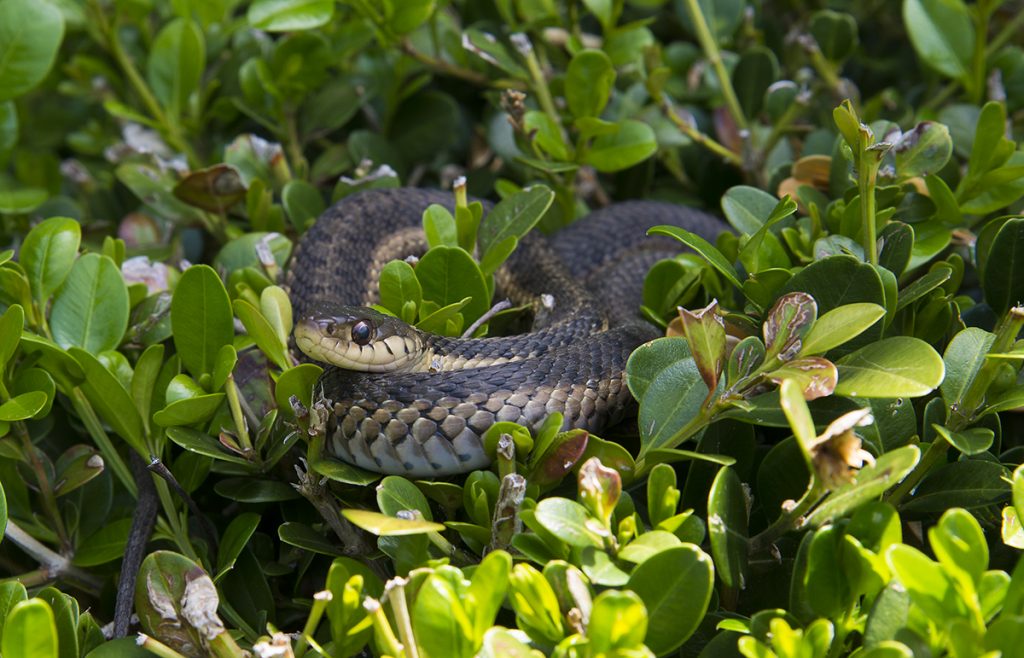
Keeping the rat population under control on the Cape Cod Canal. How? Mink. Below, one scavengers the left over striped bass.

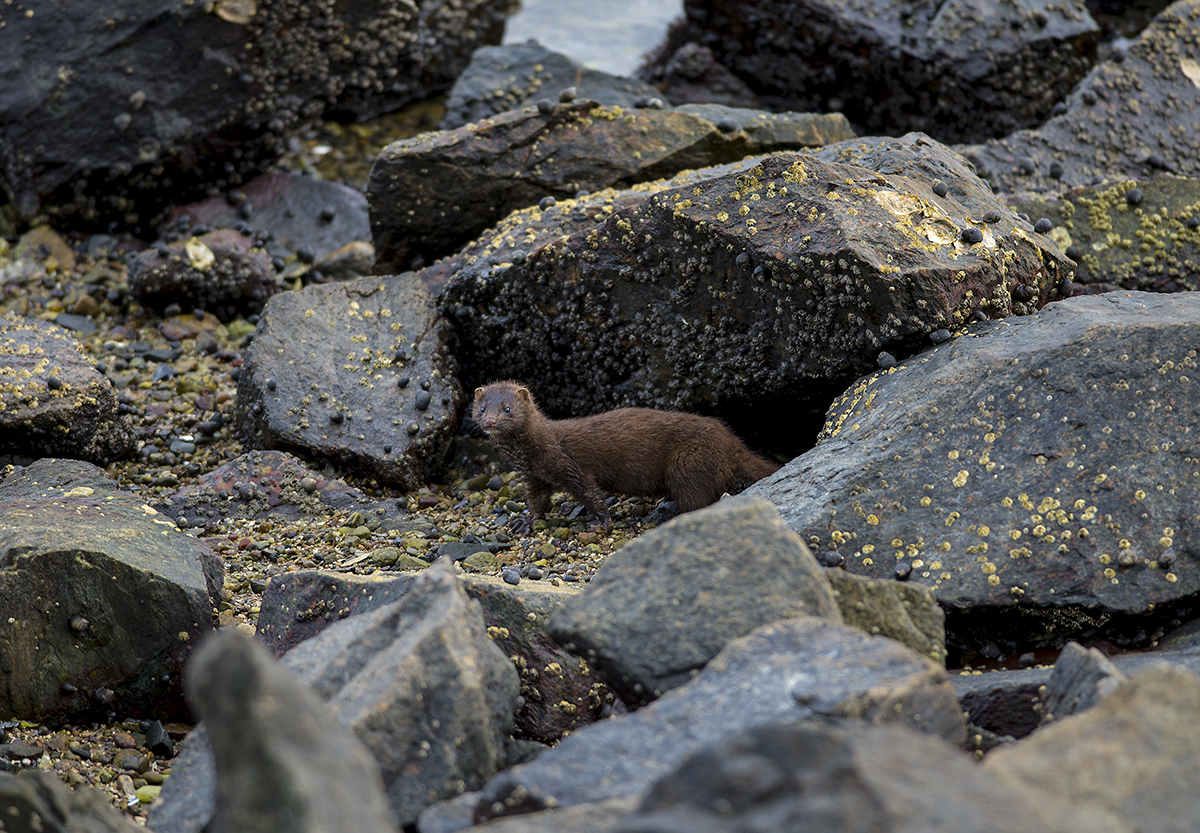
Do you have any young Scientists in your home. I do. Nature Mapping or Species Mapping has become a wonderful family project for us. Using field glasses, infra-red cameras, trail cams and even microscopes will inspire your young Scientists and the ceiling is limitless. Below, my granddaughter, the aspiring veterinarian. I have just as much fun as they do.
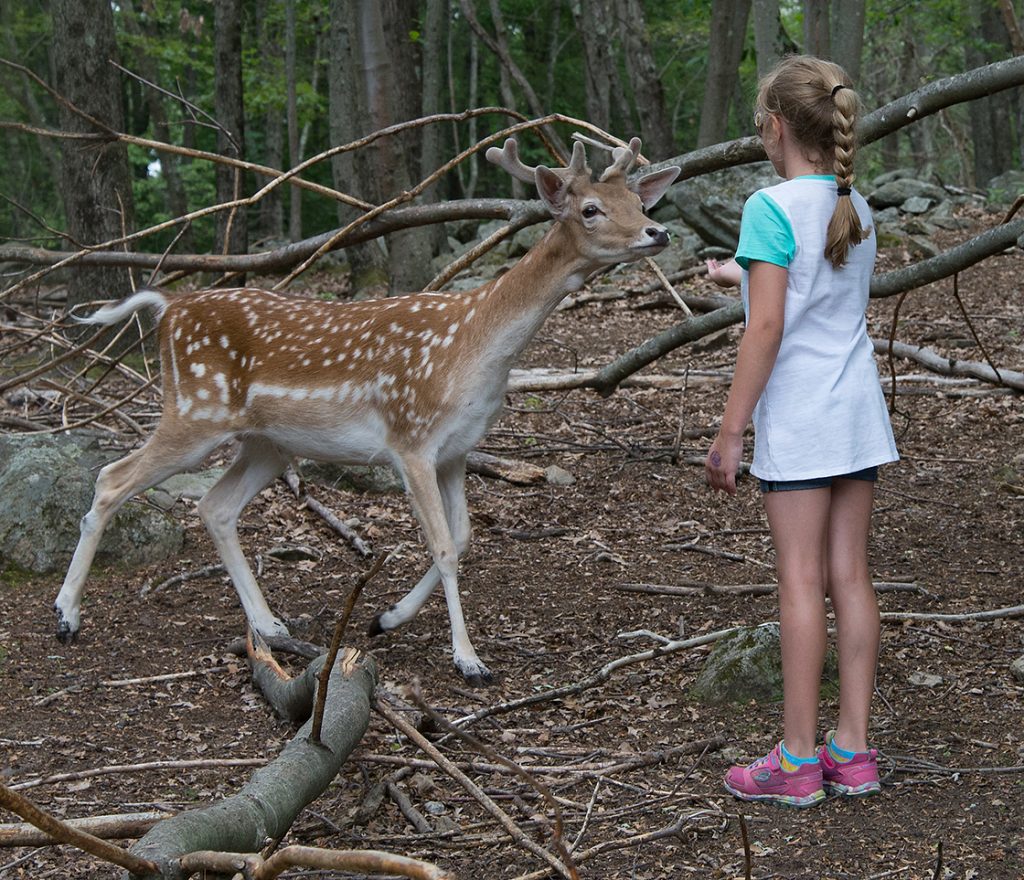
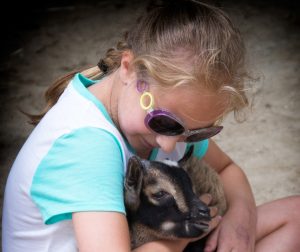
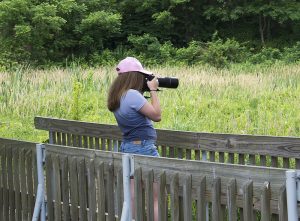
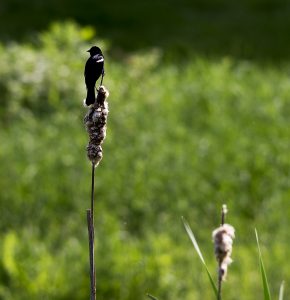
Carrion beetles are a family of beetles that feed on the bodies of dead and decaying animals. Carrion beetles are important because they get rid of dead matter by eating it and breaking it down into smaller pieces that can be placed back into the ecosystem. A red tail hawk had dropped this squirrel from a tree after failing to secure it. Let the feast begin. This wasn’t a very pleasant video for the girls. But after discussing the benefits of the carrion beetle, it became a bit more tolerable, almost.
Videos may be grainy, due to long telephoto lens used. Shaky video is better than no video.
Coyote sniffing for the fox pups. Later that evening, the Coyote found the den. The mother fox created a decoy by yelping to draw attention to her, and not the pups. At this time, the pups, growing older, were getting ready to leave the den. Over the next few days, only 3 out of the 8 were left at the den. Within a few more days of the coyote sightings, neither mom or any pups were seen again.

Below Image: White spots may be the syndrome.